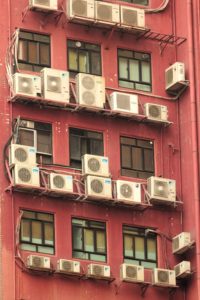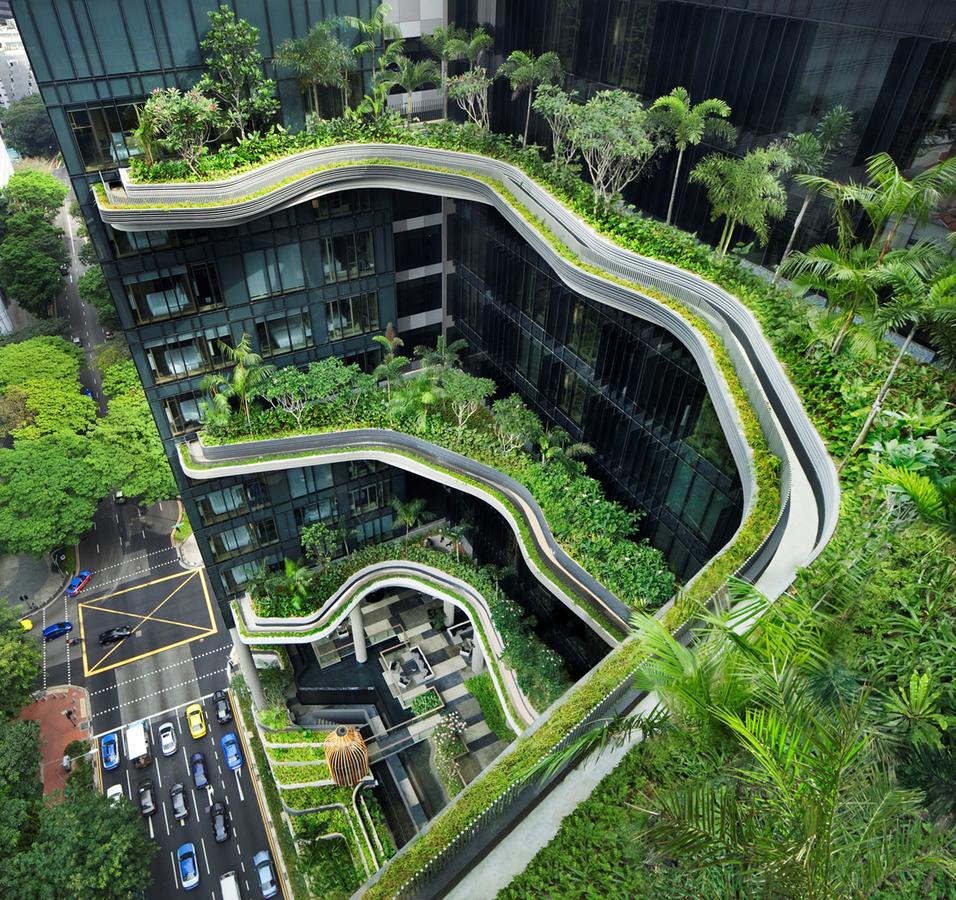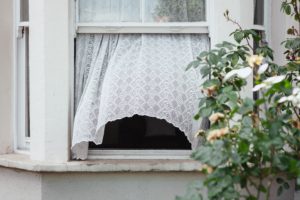Published 4 July 2019 ● Last Updated on 17 July 2020
Did you press play on the video above? This heat-mapped globe shows us the temperature change from blue to orange in the past 120 years; I’m sure we’re not enjoying getting barbecued!
It is now a certifiable fact that the world is warming. As Europe deals with an early summer heatwave, and the polar ice melts faster – one can be certain that the summer temperatures are going to just keep soaring. According to NASA, temperatures have risen by around 1◦ C as compared to those in 1880 and just this amount of increase is creating havoc across the world. The melting glaciers are causing the sea levels to rise, some places are getting flooded while others face droughts, monsoons are delayed affecting agriculture, wildfires are spreading destroying forests – we will continue to face these extreme weather conditions unless WE take some drastic measures to help OURSELVES.
And while we figure out how to reduce our emissions to keep the rising temperatures in check, let’s also take a look at how to keep our homes cool this summer without solely relying on the air conditioner.

Is air conditioning harmful for the environment?
With the heat and humidity rising, many of us beat the heat by putting our air conditioning on at the lowest temperature possible. We make our rooms feel like the Arctic region and then cover ourselves with a warm blanket! The unpleasant truth is that air conditioning is harmful for the environment and limited usage of it is advised. If you must use the air conditioning, it is recommended that you run it at 25◦ C as it is energy efficient and a comfortable temperature.
The main reasons behind air conditioning being considered harmful for the environment are:
* Hydrofluorocarbons (HFCs) are organic compounds used primarily in air conditioners and refrigerators for cooling. As per the Montreal Protocol (1987), it was agreed upon that HFCs would replace CFCs (chlorofluorocarbons) as they were depleting the ozone layer. However, HFCs are also harmful to the environment and with the increase in air conditioning usage in our personal and public spaces today, more HFCs are being released into the atmosphere through leakage or incorrect disposal of these equipments.
* While our air conditioners are cooling the interiors, they are throwing out hot air thereby increasing the local outdoor temperatures.
*Air conditioning uses up a lot of energy. In Singapore, a survey done by the NEA in 2017 found that it was responsible for 24% of electrical consumption in a typical home.
So, let’s try and do away with the air conditioning and look at what options are available for us to cool our homes naturally.
Ways to cool your house without using air conditioners
Here are a few ways / hacks / tricks in which you can keep your house cool during summers naturally. While they don’t make the house feel like a ‘chill out’ zone; in the long run it saves you money and is good for the environment too.
Build a green space | Having plants and trees, in and around your house, do help in keeping it cool. If you have a lawn or backyard, plant some shade giving trees or plants as they keep the surrounding cool. If you live in a high-rise and only have a balcony space, it’s enough to get your own mini garden. Keeping plants indoors also acts as natural coolant as they lose water during transpiration, thereby making the indoor air moist. Not to forget that they also help in removing harmful toxins from the air. Here’s a list of indoor plants that are beneficial to invest in.

Use a fan | Fans are a more energy efficient option when it comes to staying cool. Be it a portable fan or the old fashioned ceiling fan, they keep the air moving indoors creating a cooler temperature. Here is a trick to try out: Place a bowl of ice in front of a table fan and feel the cool air blow onto you – it’s a pretty effective method for a sweltering day.
Close your curtains | During the day, pull your curtains or blinds shut to keep the strong sunlight out. Blackout curtains work well as they keep unwanted sunlight out thereby reducing the heat inside. If you have a balcony, blinds made using bamboo or cane are effective as they keep the heat out but allow any bit of a breeze to pass through.
Open your windows | Opening up windows allows for cross ventilation. During the day, one needs to be strategic about it; do not open doors or windows from where direct sunlight can enter the house – it will just increase the inside temperature. At night time, definitely open up all the windows as it will help cool the house down and allow air to circulate freely. If there is a cool breeze, nothing like it!

Hang a wet towel at the window | Hang a wet towel or sheets at your windows because when air blows through this damp fabric, it has a cooling effect inside. You could also try this in the car by hanging up a thin damp fabric near the window – you won’t need to use the air conditioning at all.
Stay hydrated | One sure way to beat the heat is to keep your body cool. Drink lots of water and cool drinks to stay hydrated. Opt for cold water baths to cool down the body. You can also make your own facial mist to keep the face hydrated and cool.

Correct your closet | Definitely wear clothes made from natural fabrics such as cotton and bamboo (versus synthetic fibres such as polyester and nylon) that are breathable and absorbent – they are the best suited for summer. The same applies for your bedding too!
Light colours are cooling | In school, we’ve all learnt the properties of dark and light colours – the dark colours absorb light (i.e heat) whereas the light ones reflect the light. That’s why light colours are a great option for your home roof, walls and upholstery. If you want to test the theory – sit in a dark coloured car and a light one, it will prove the colour theory right.
Cooking time | Cooking and using the oven generate a lot of heat. During the hot summer season, it is a good idea to move this household activity to late evenings or night when the temperatures are cooler and so as not to increase the inside temperature during the day. If you live in a hot area and have access to direct sunlight through the day, a solar powered cooking stove is a good idea – use the heat to your advantage!
Shut off electronic equipment | Electronic devices emit heat. So, when not in use it is a good idea to shut them off to keep the temperatures indoors a bit lower.
We hope that these tips will help you cool your house naturally and save money on the electricity bill.
Related articles
Year of Climate Action 2018| What you can do to make a difference
Featured Image Credit: Kira Hoffman via Pixabay



0 Comments